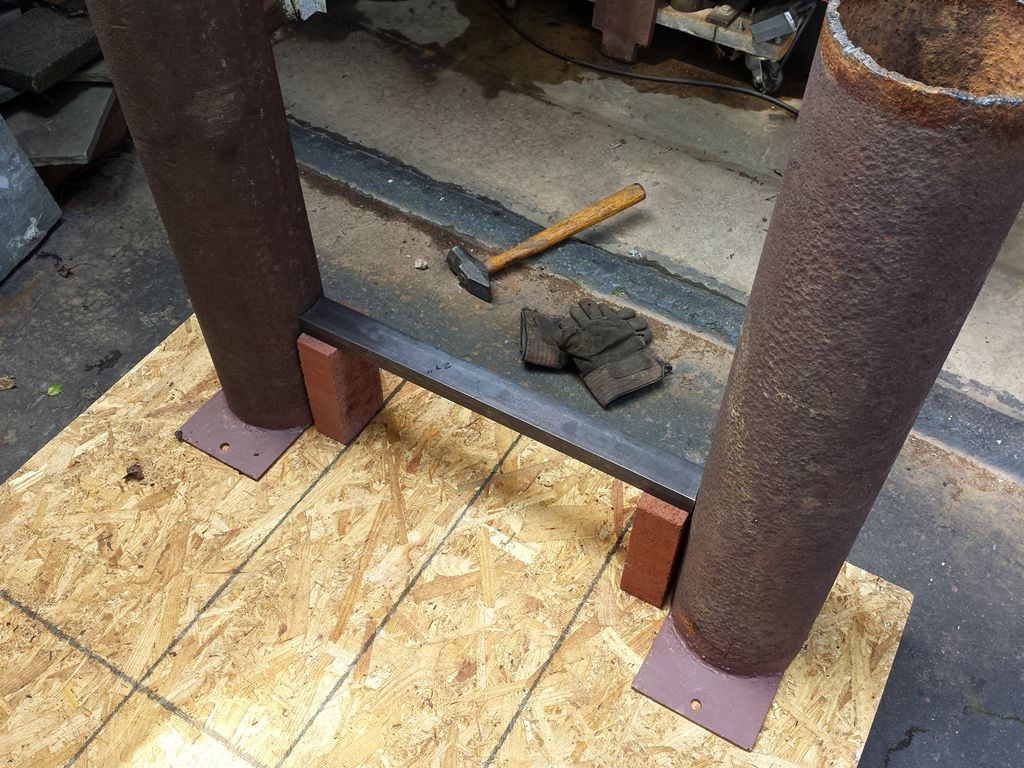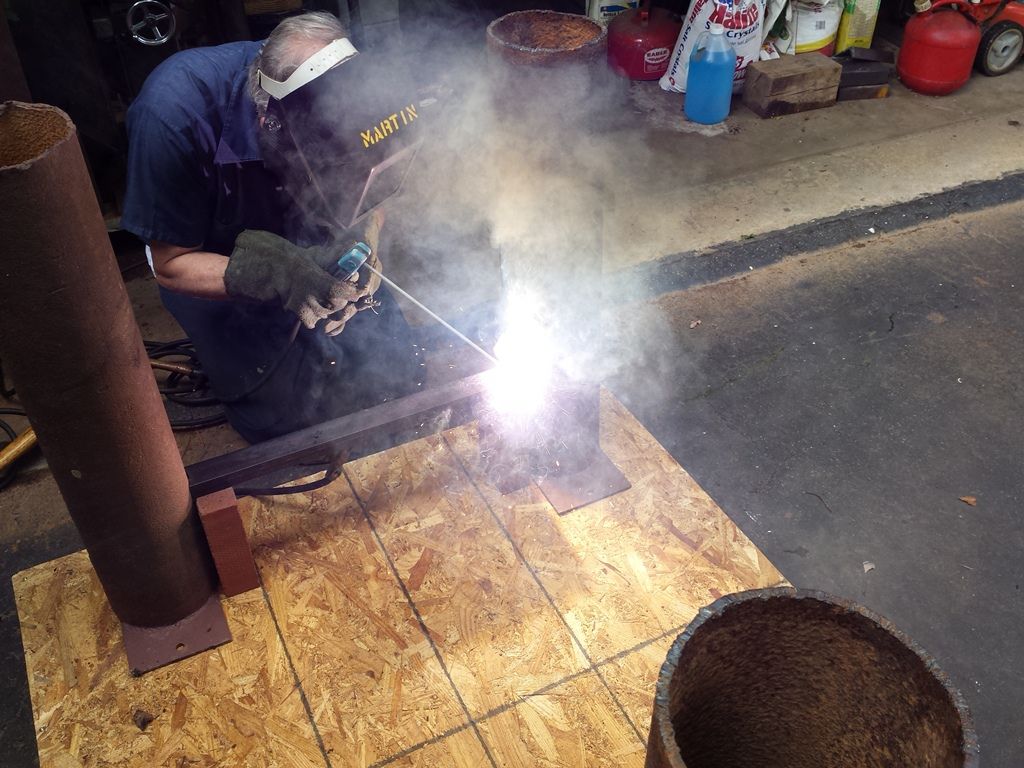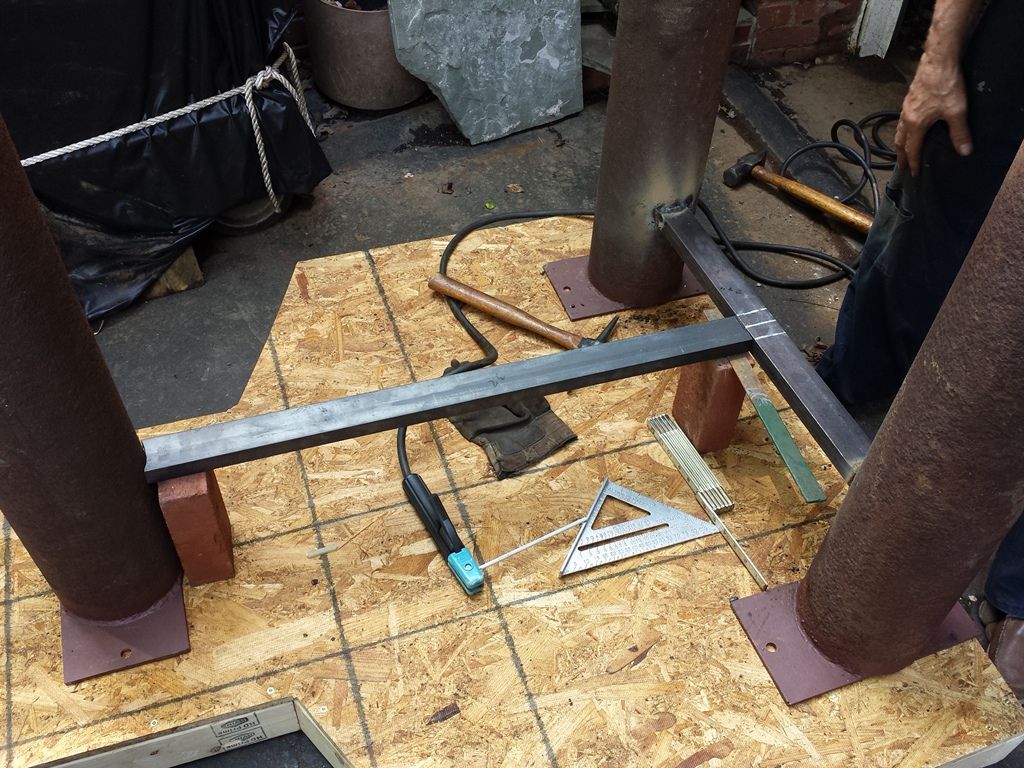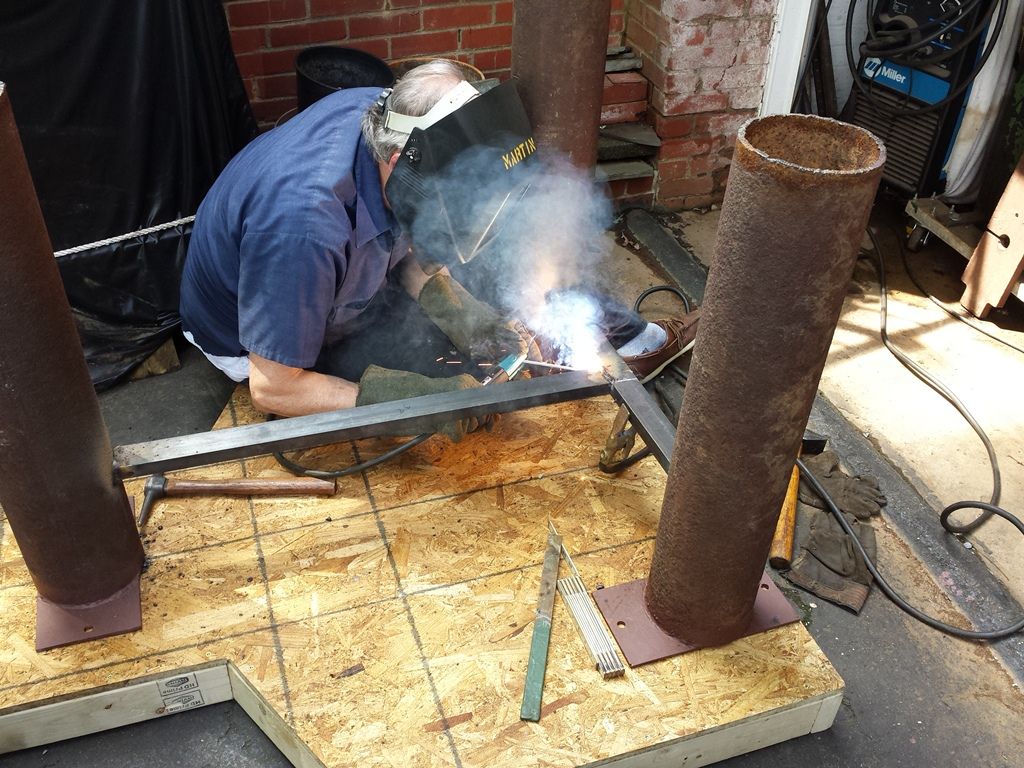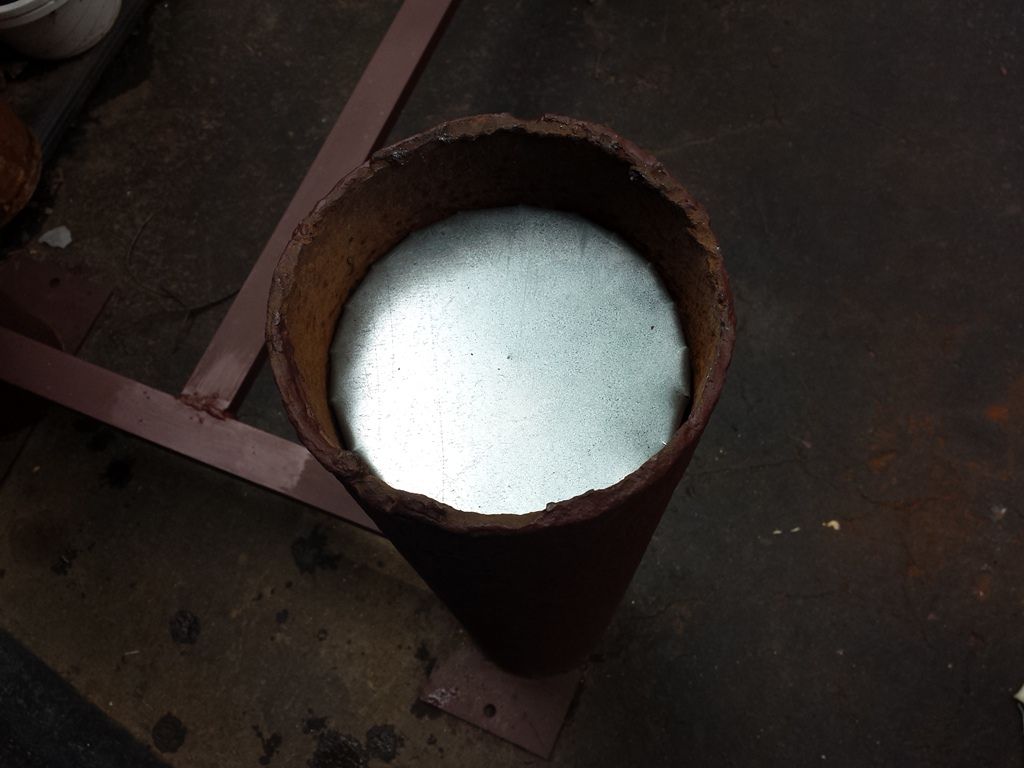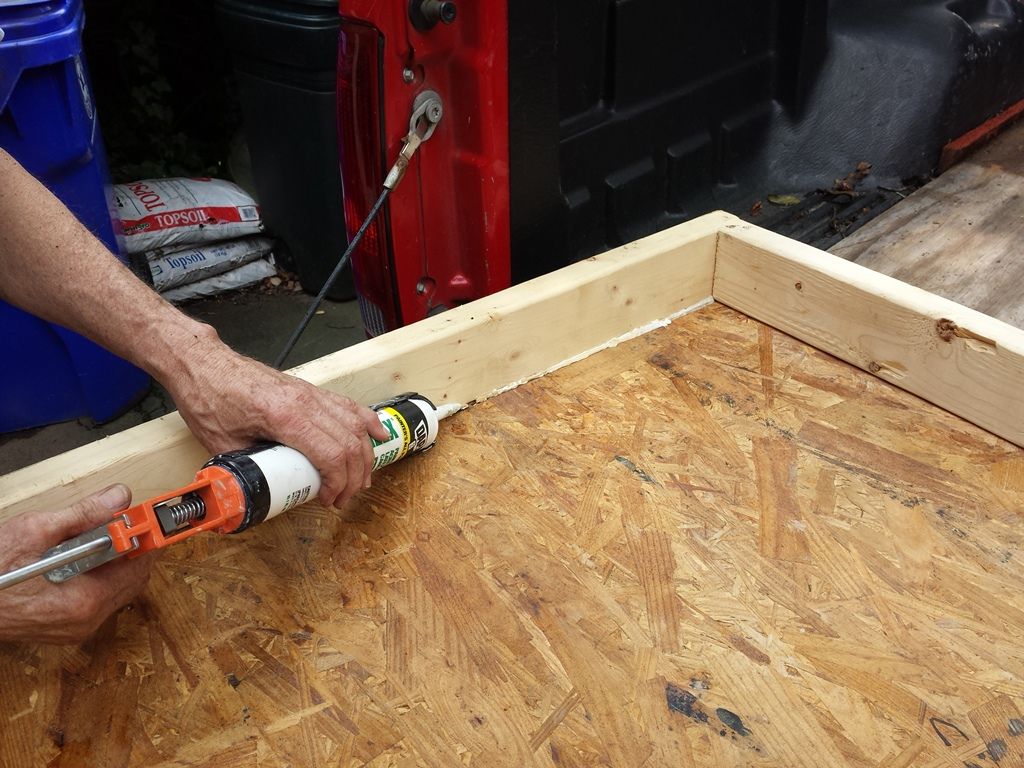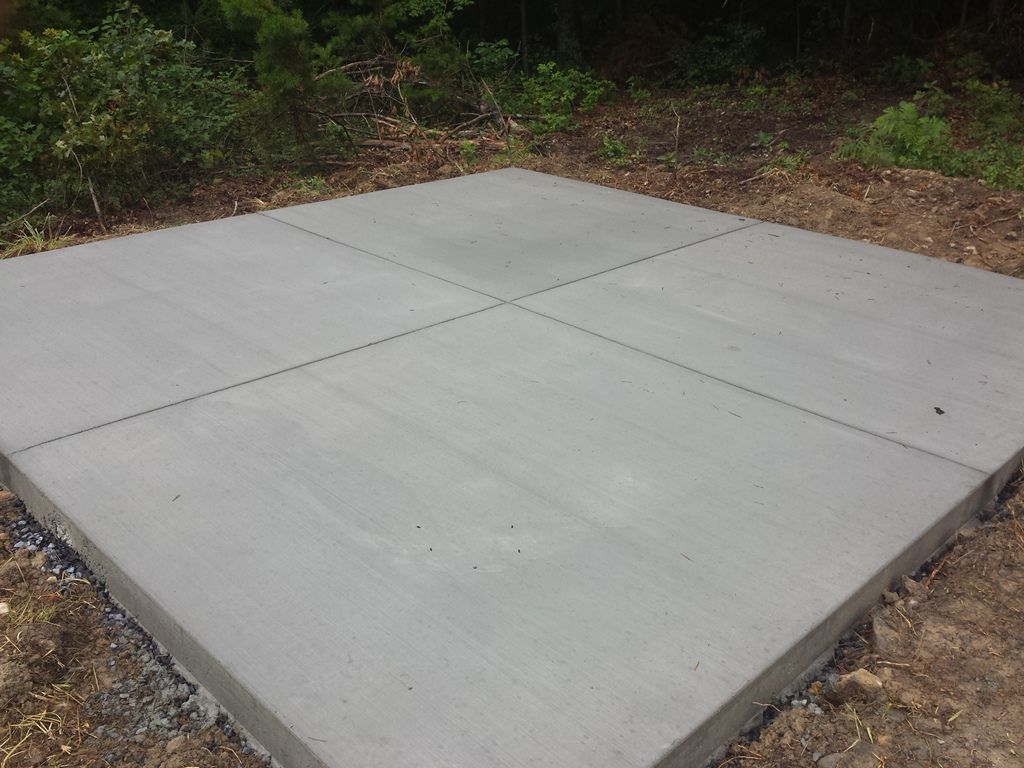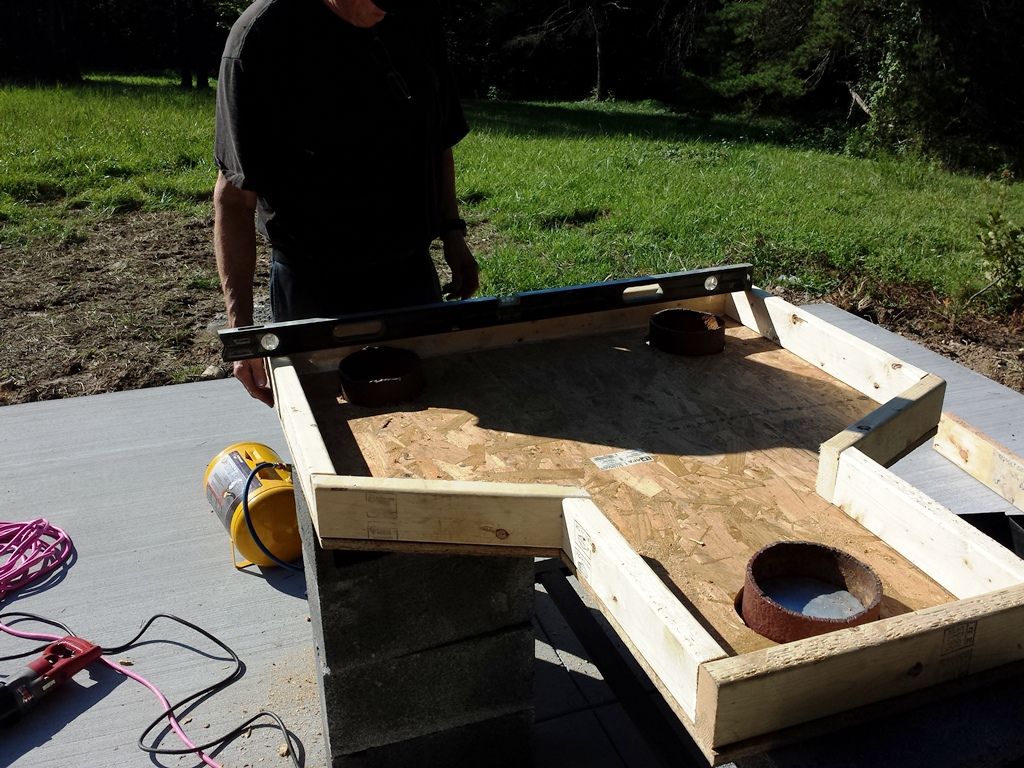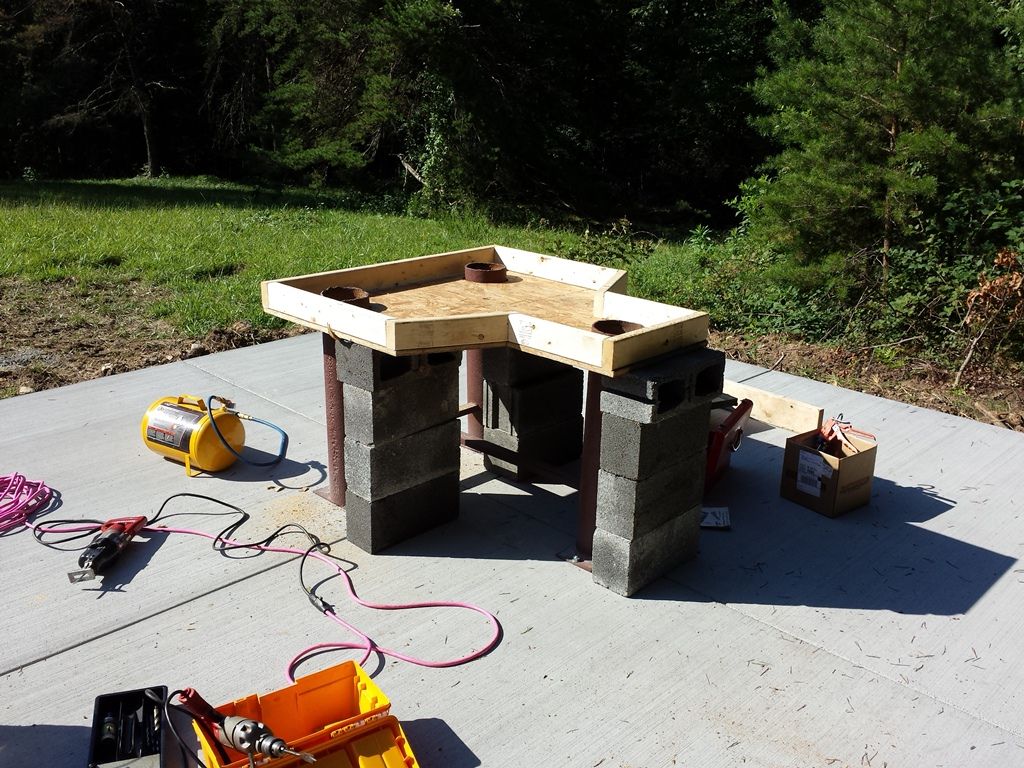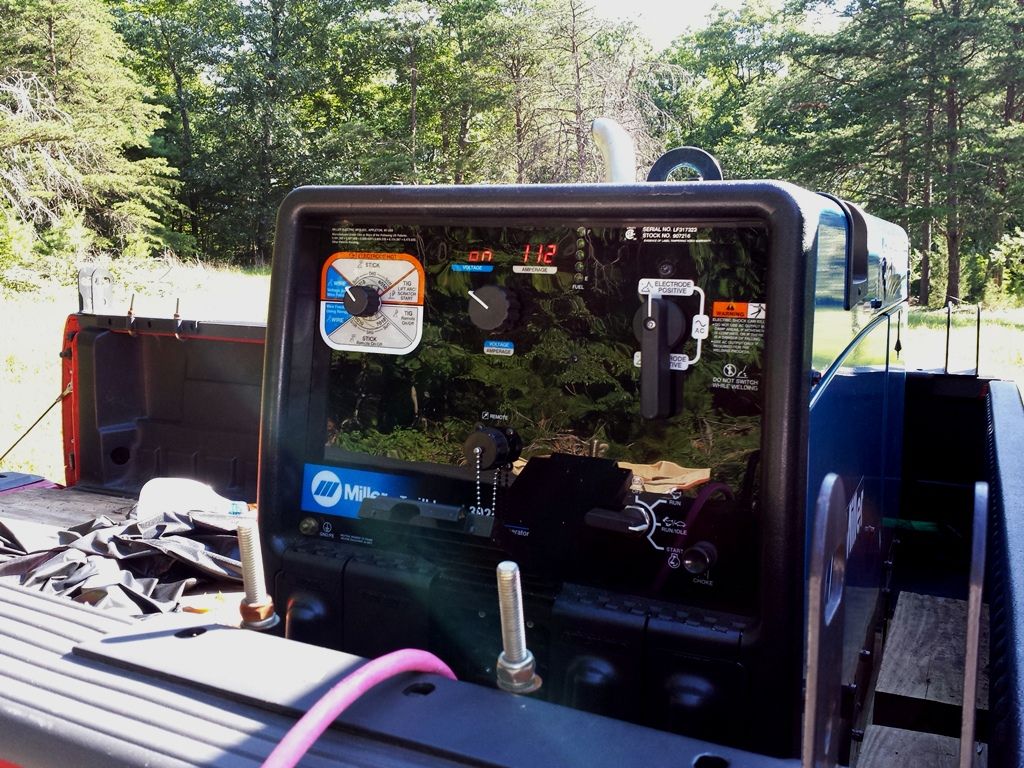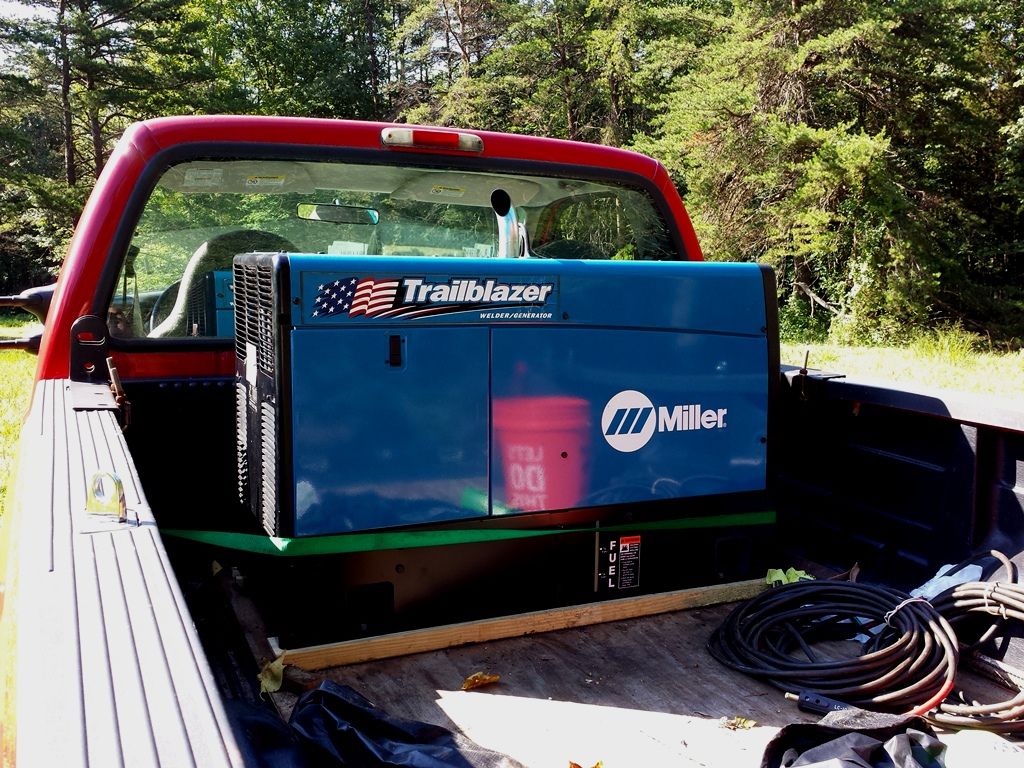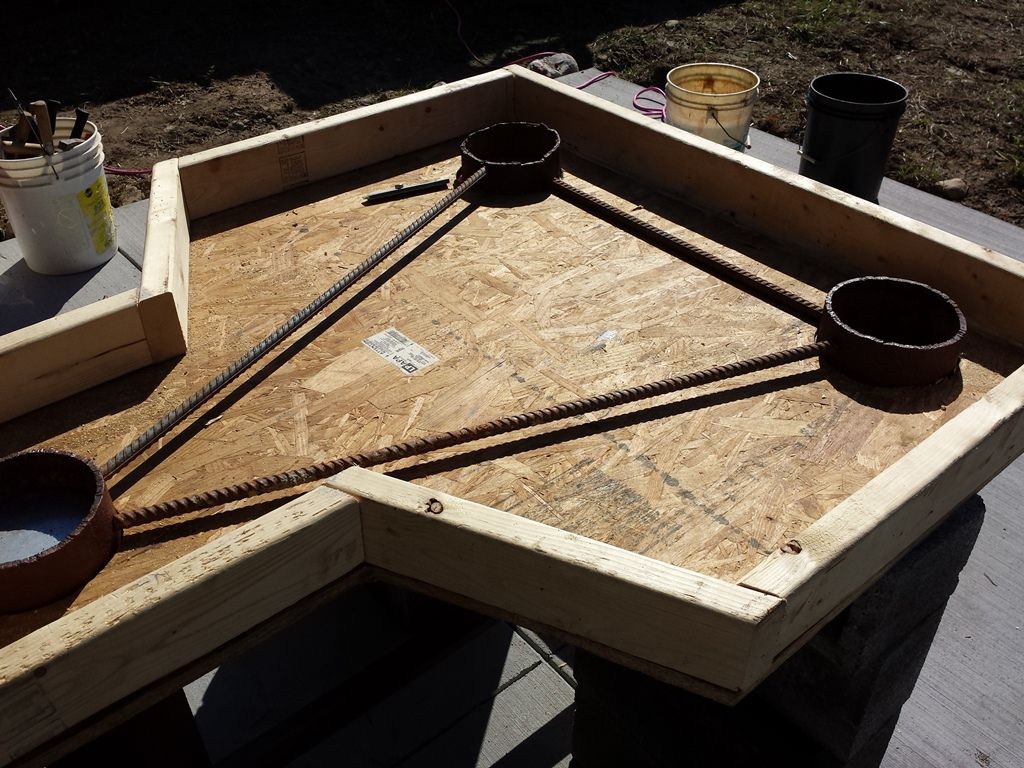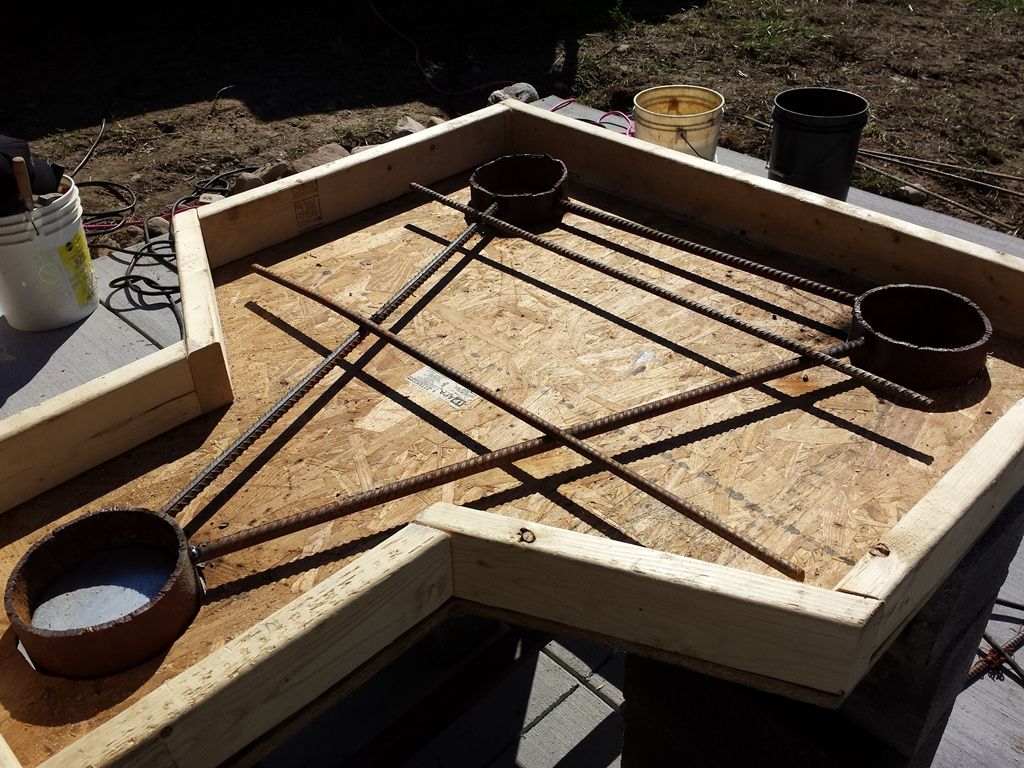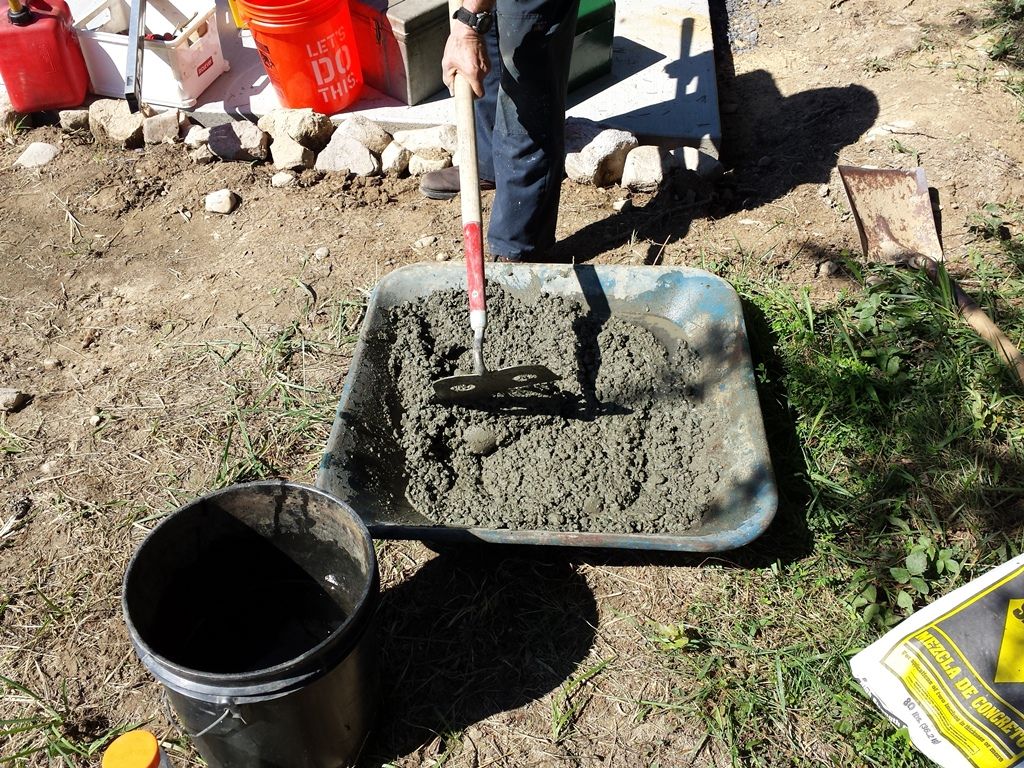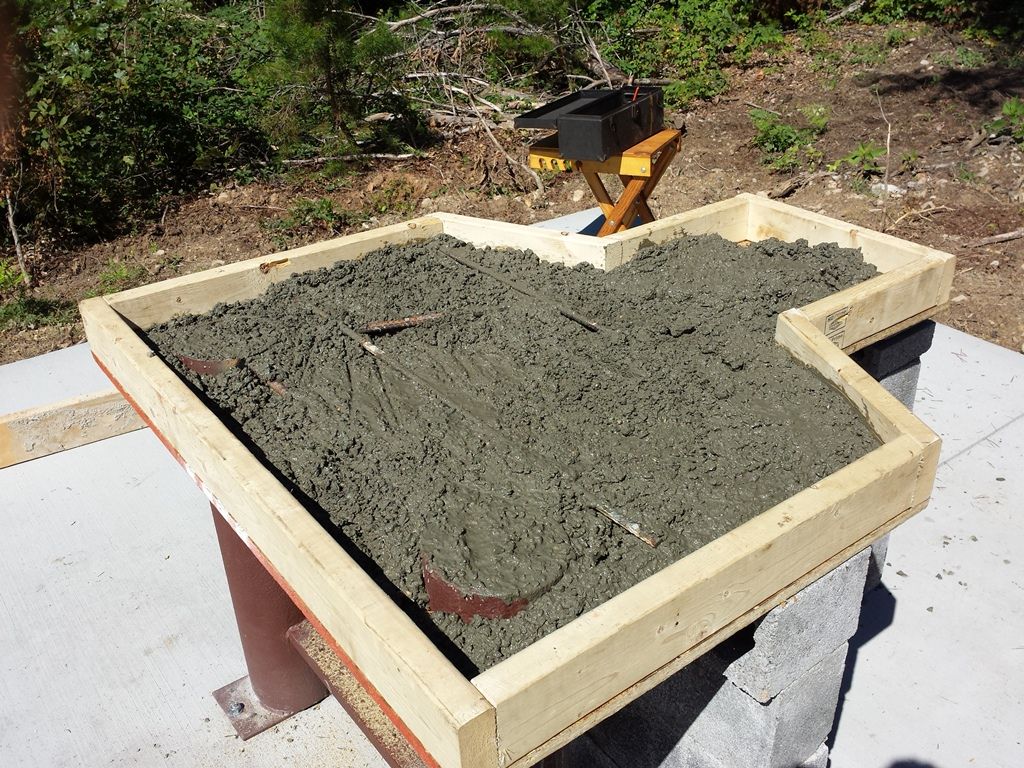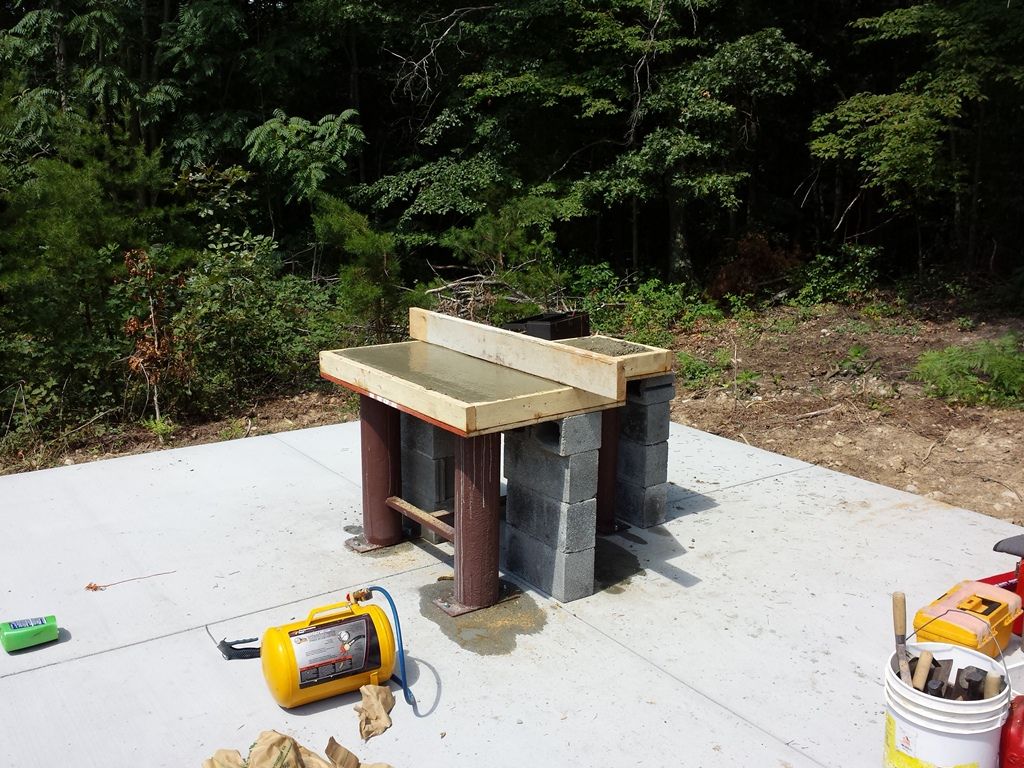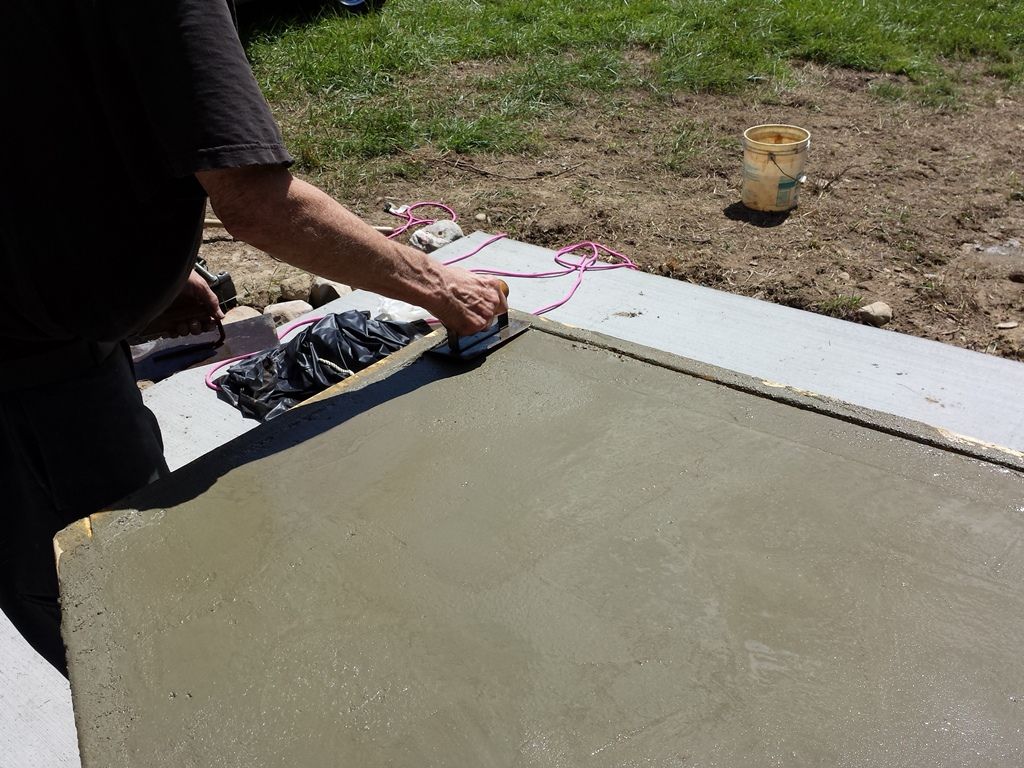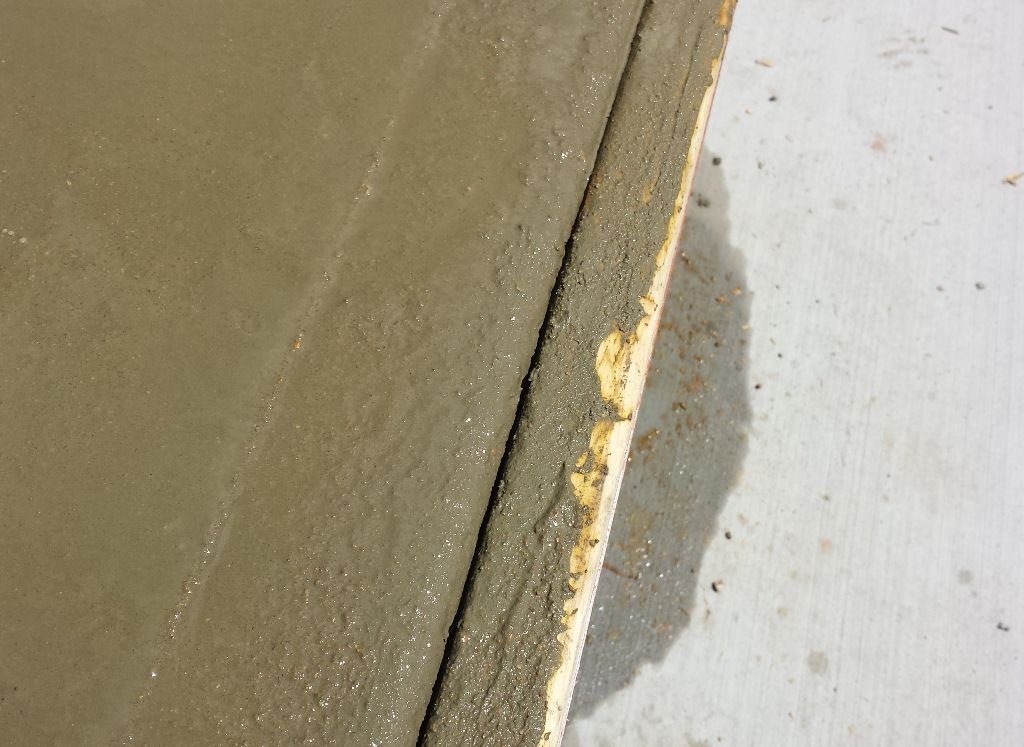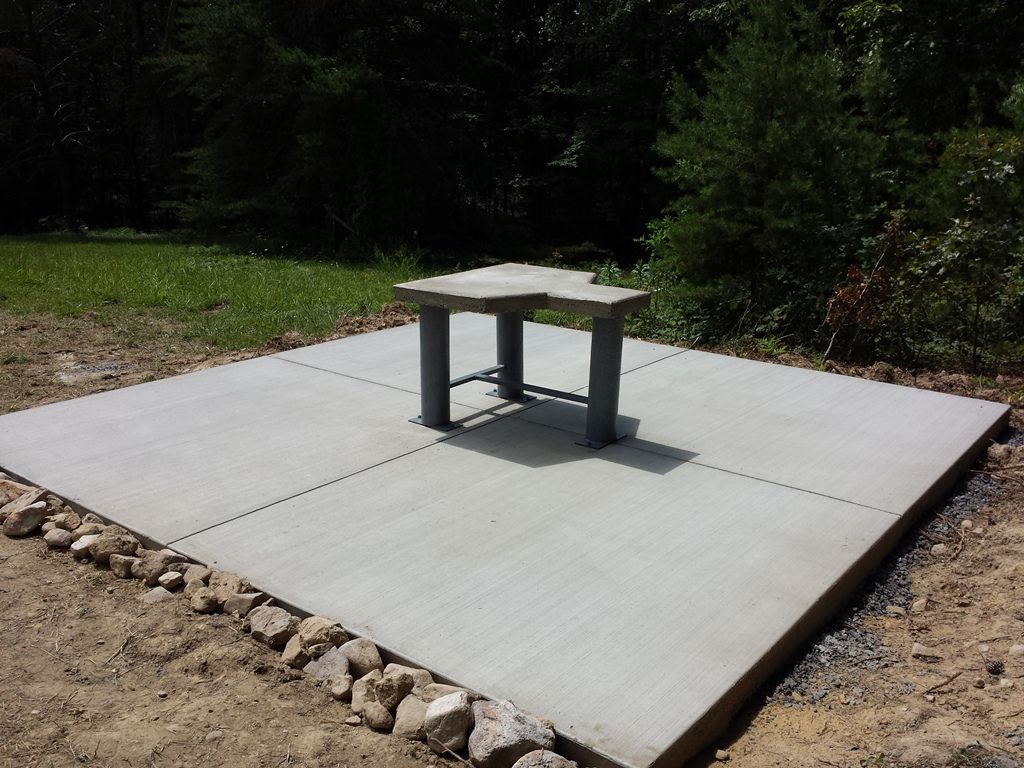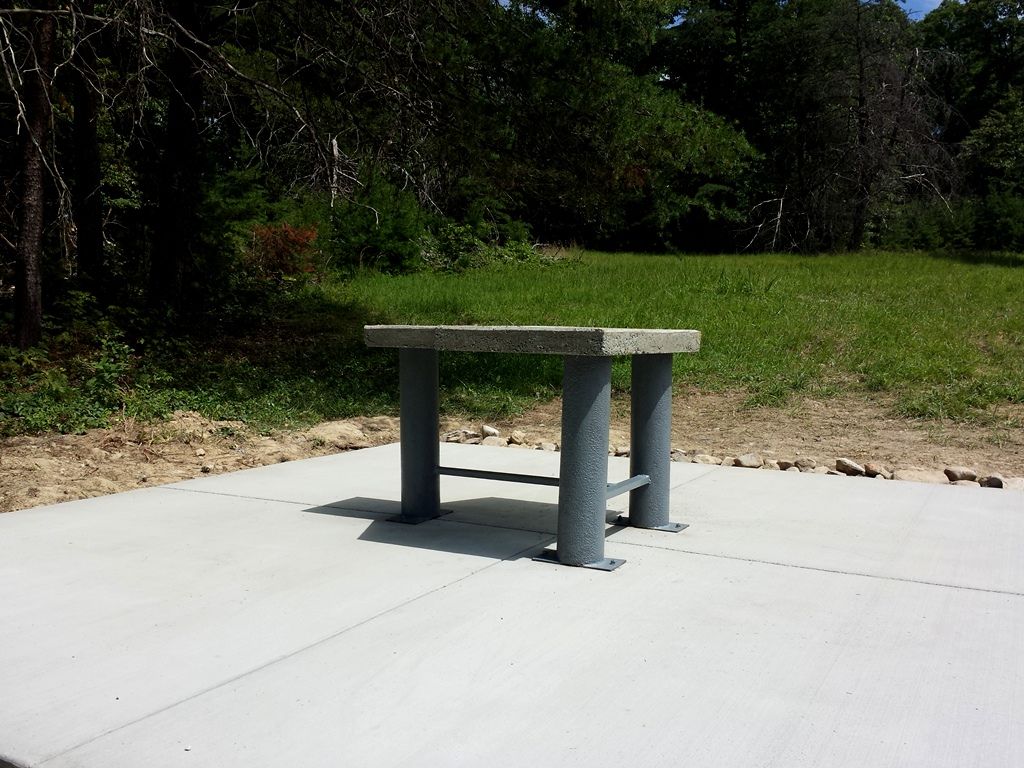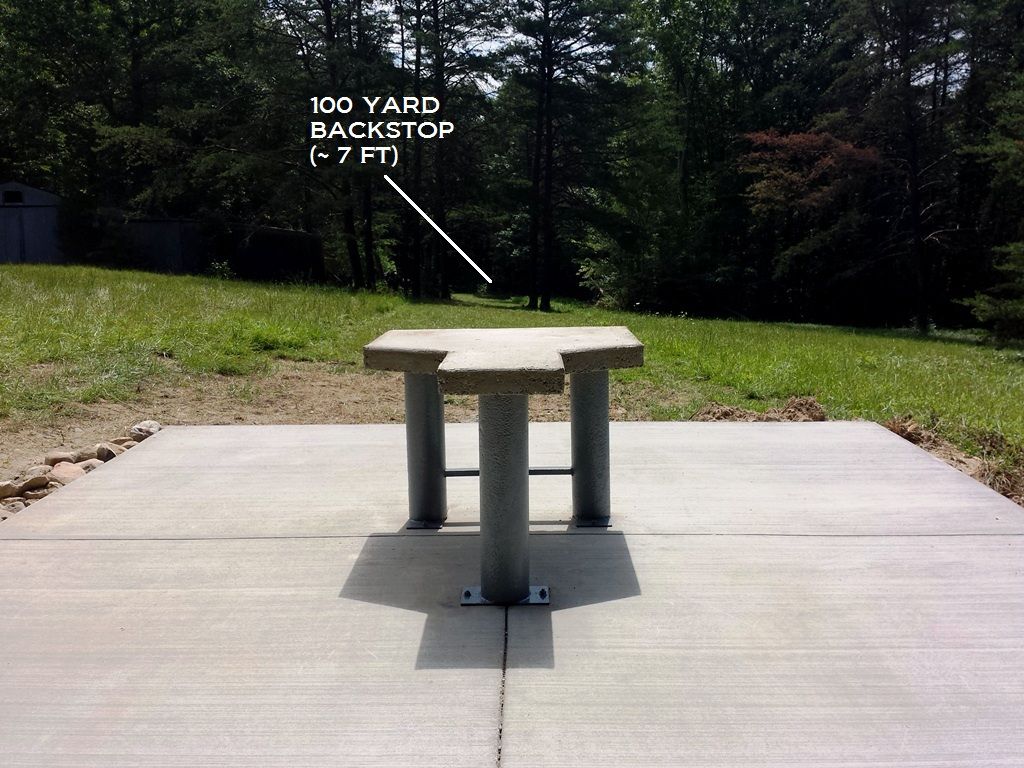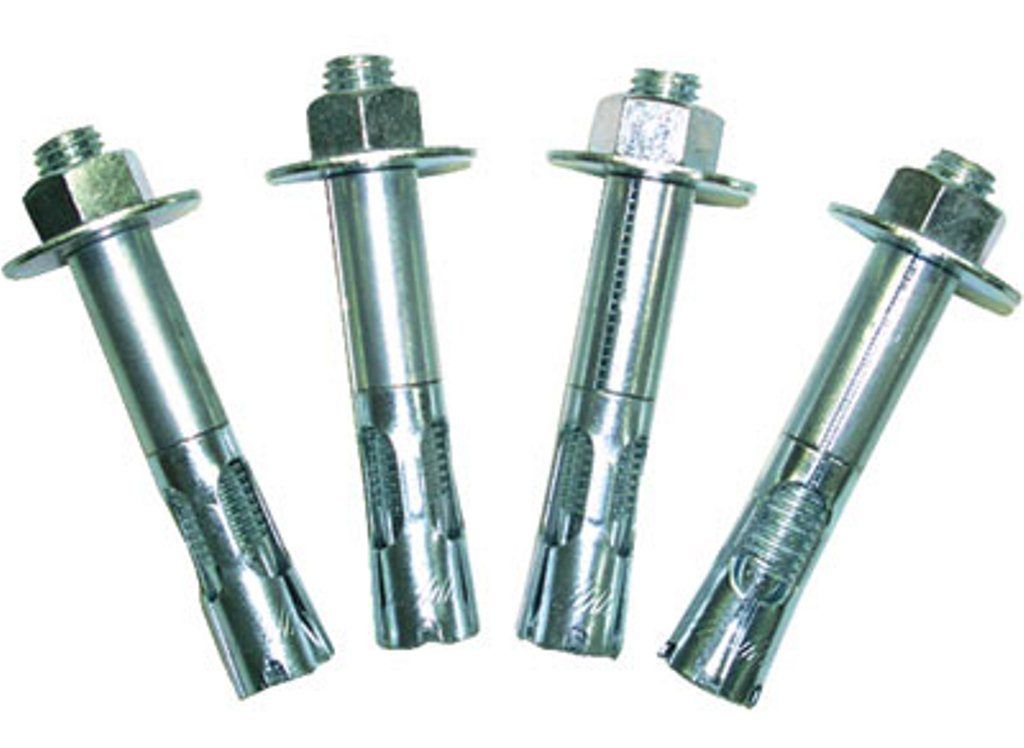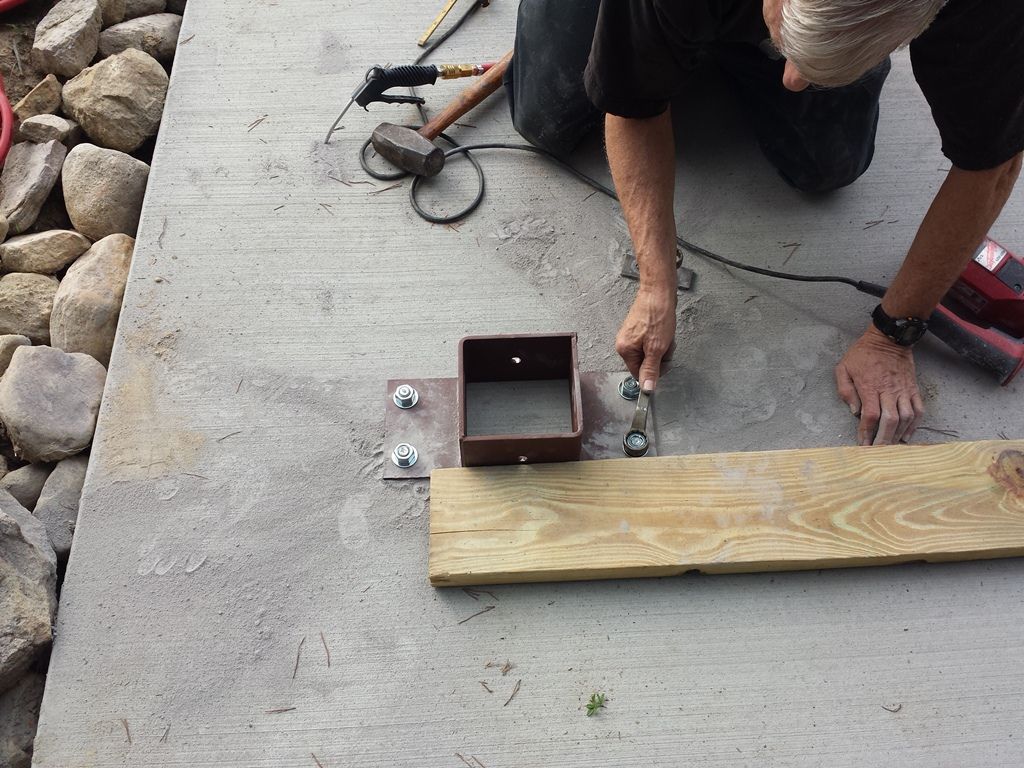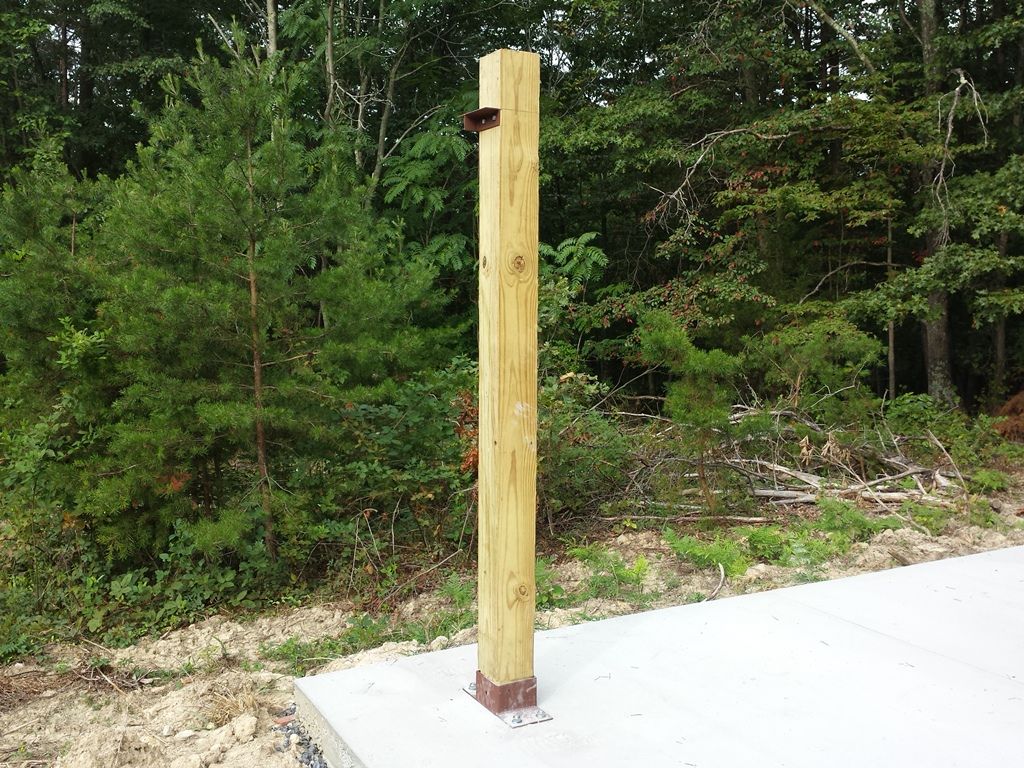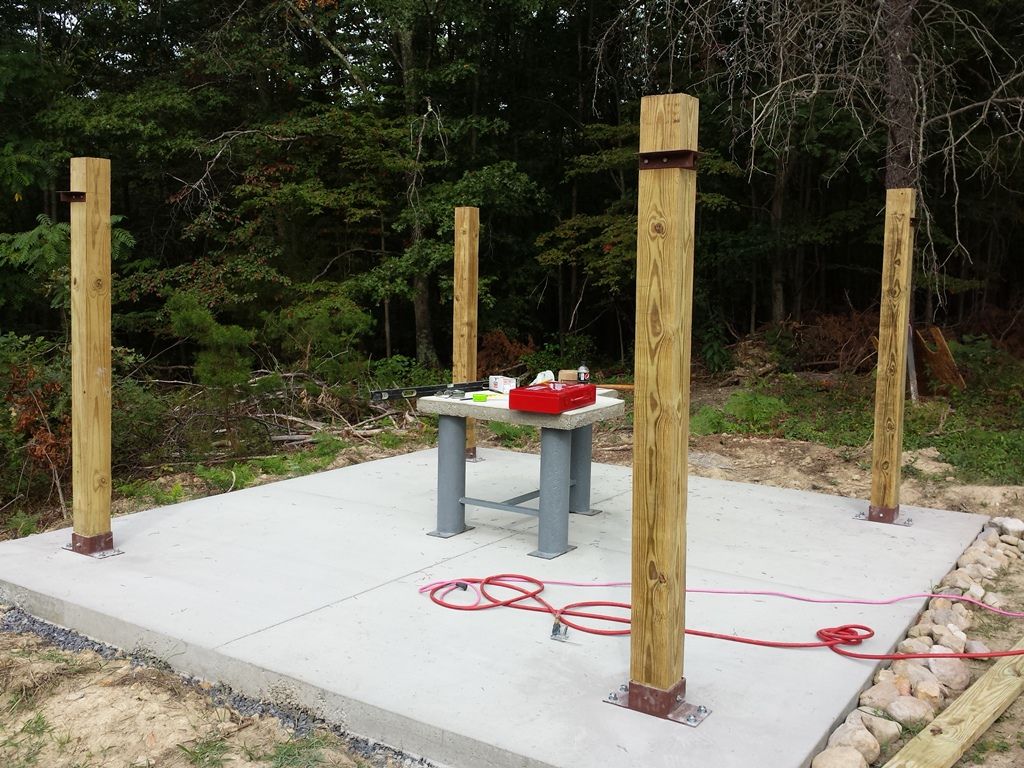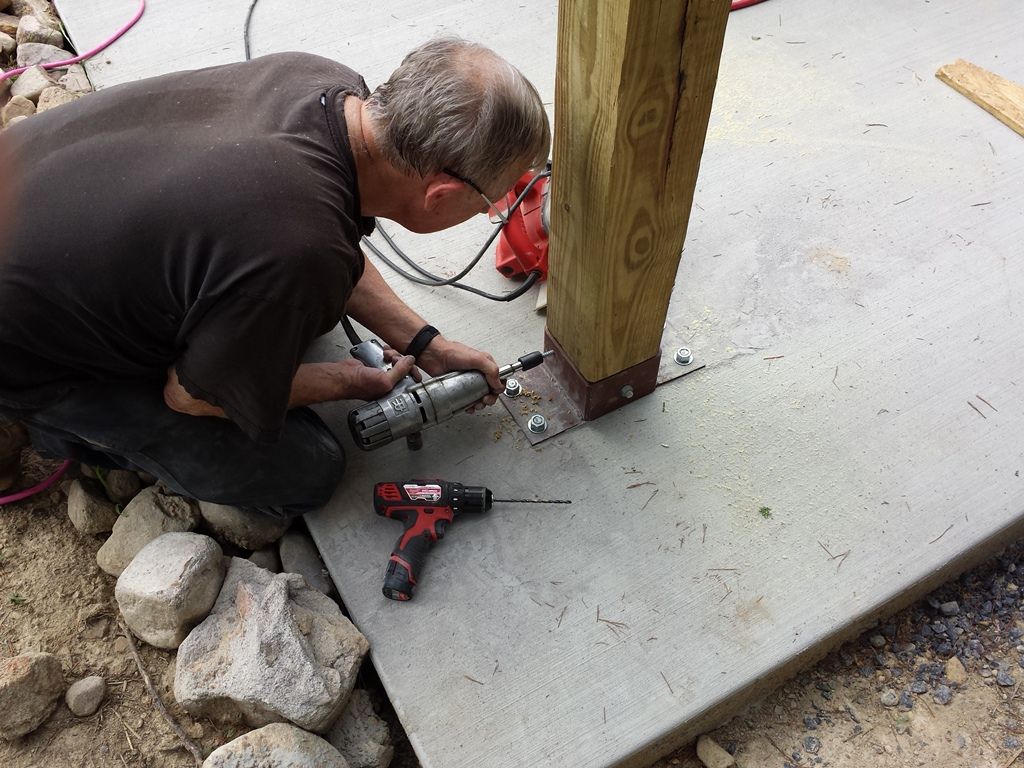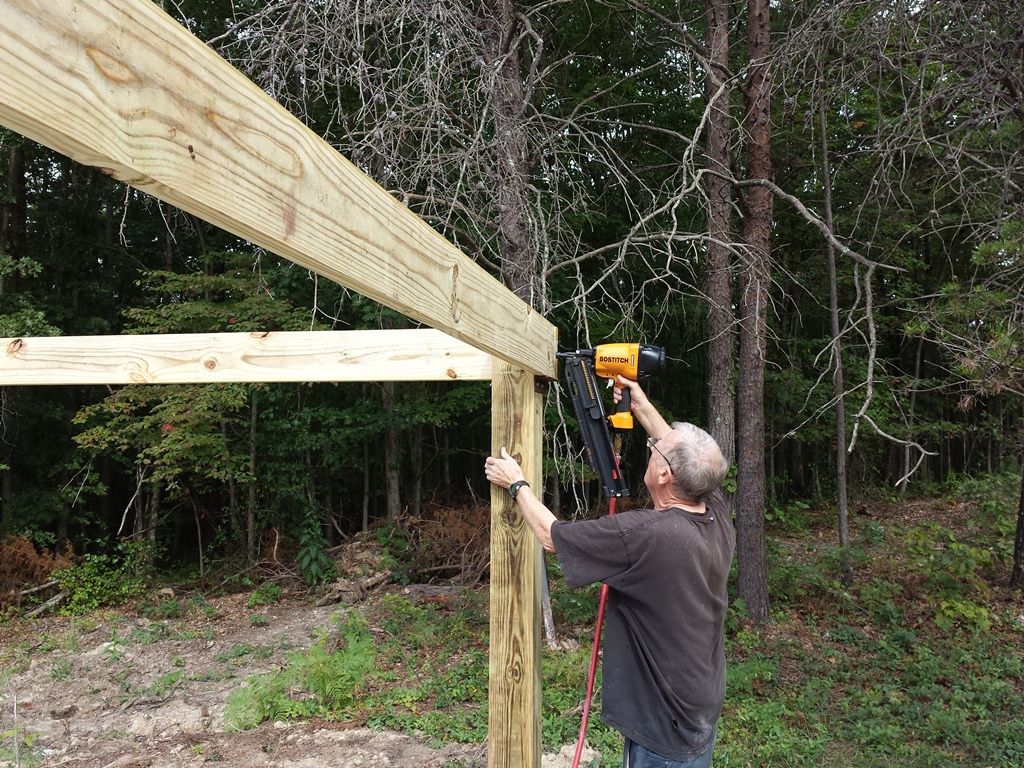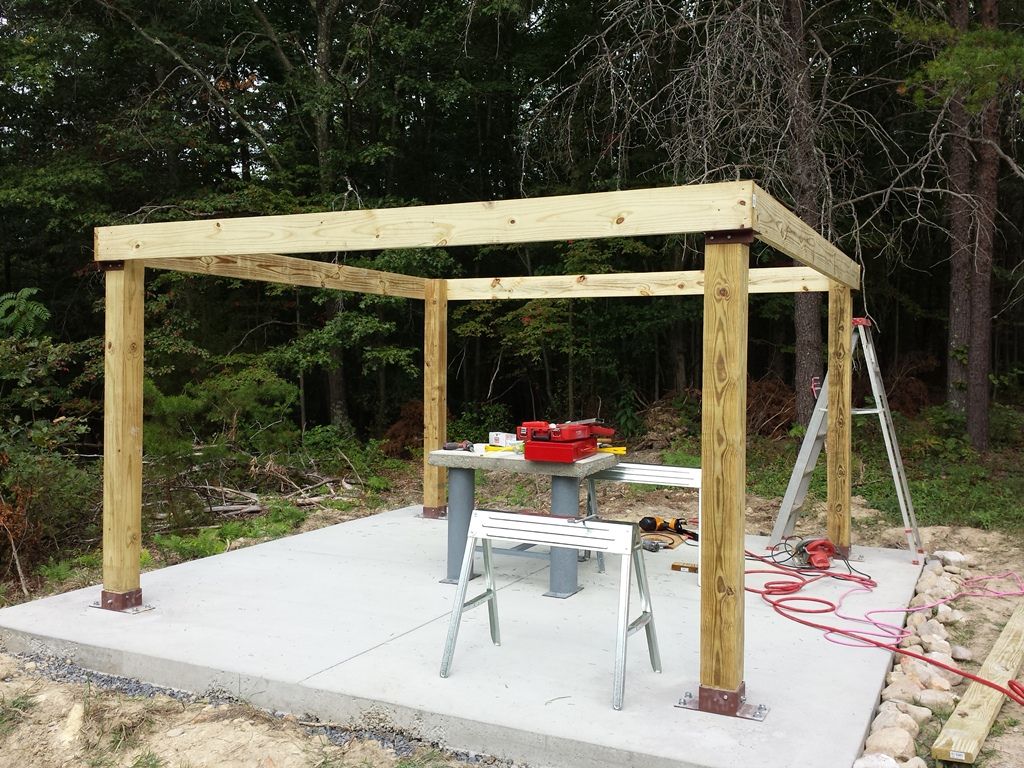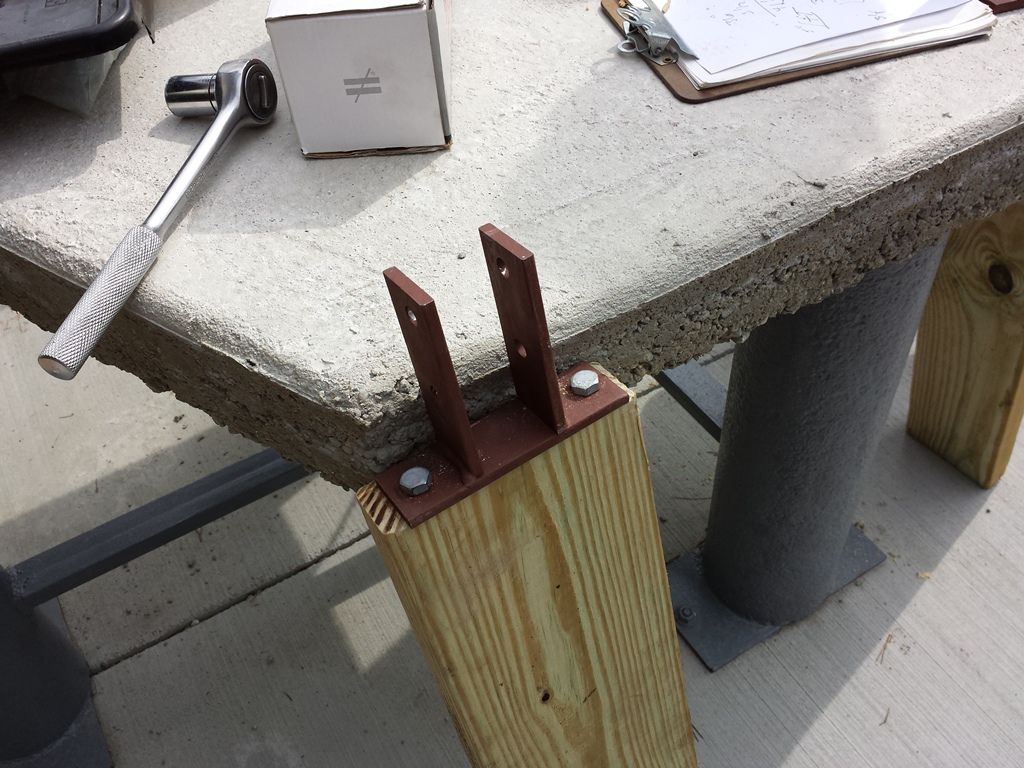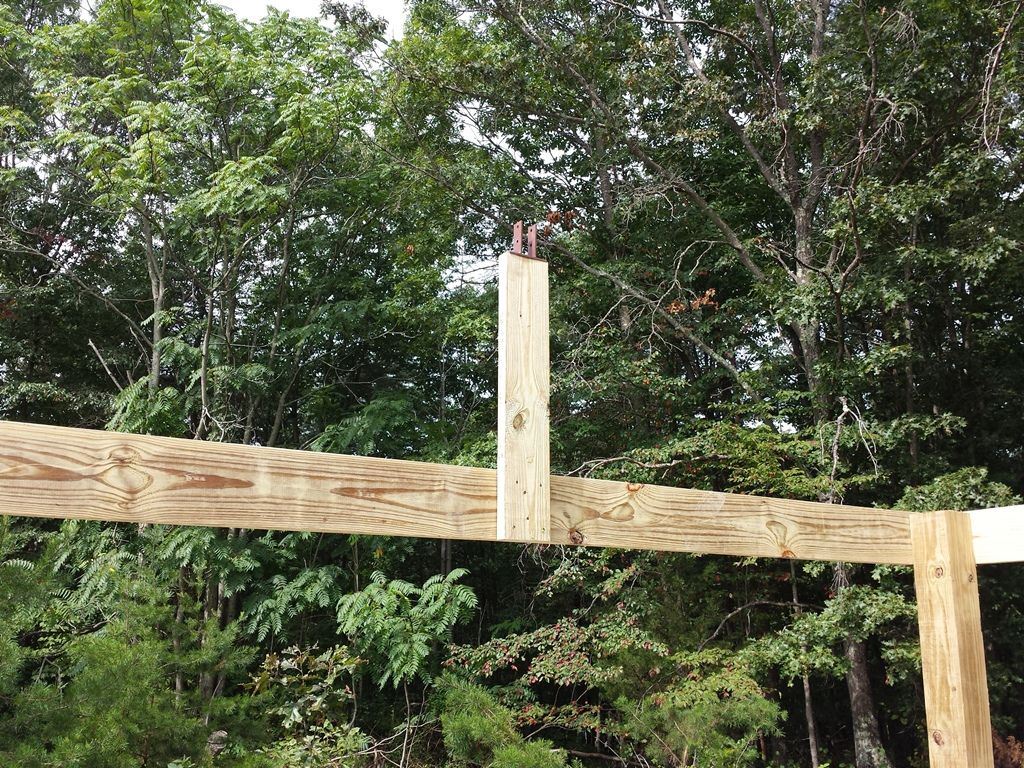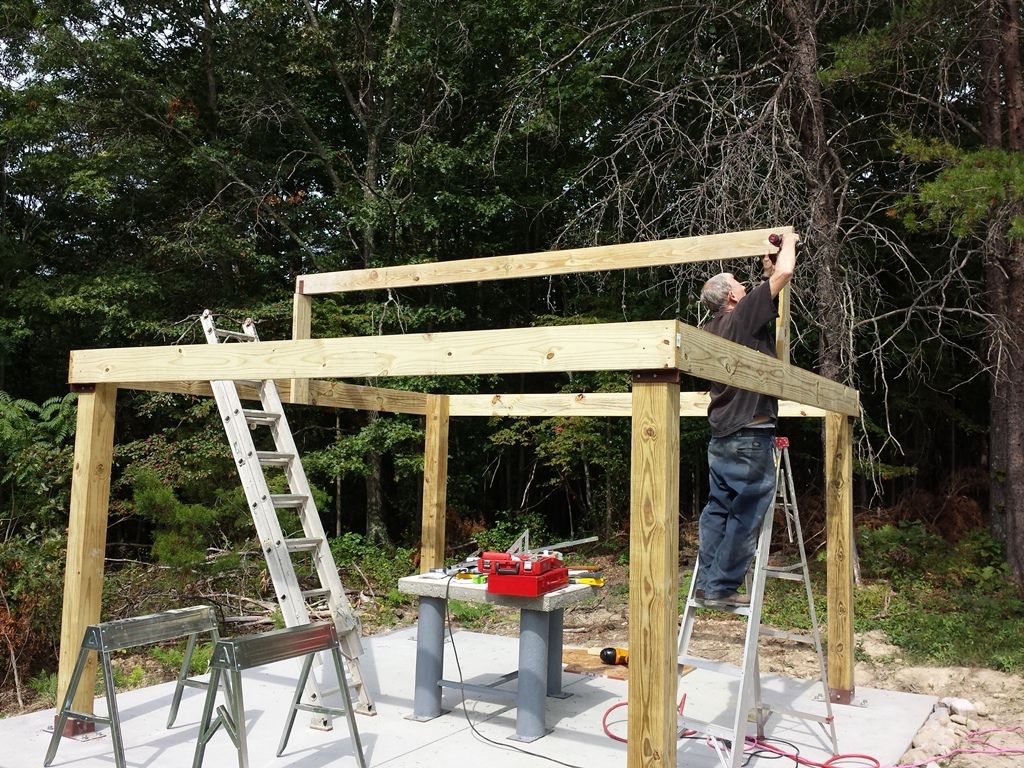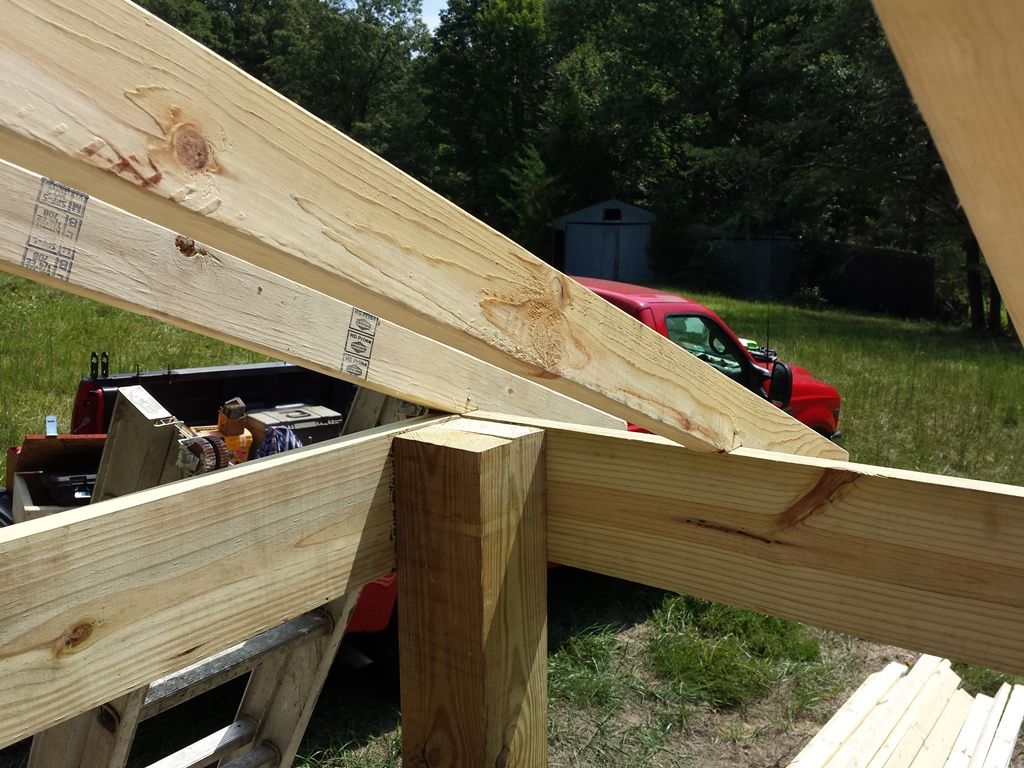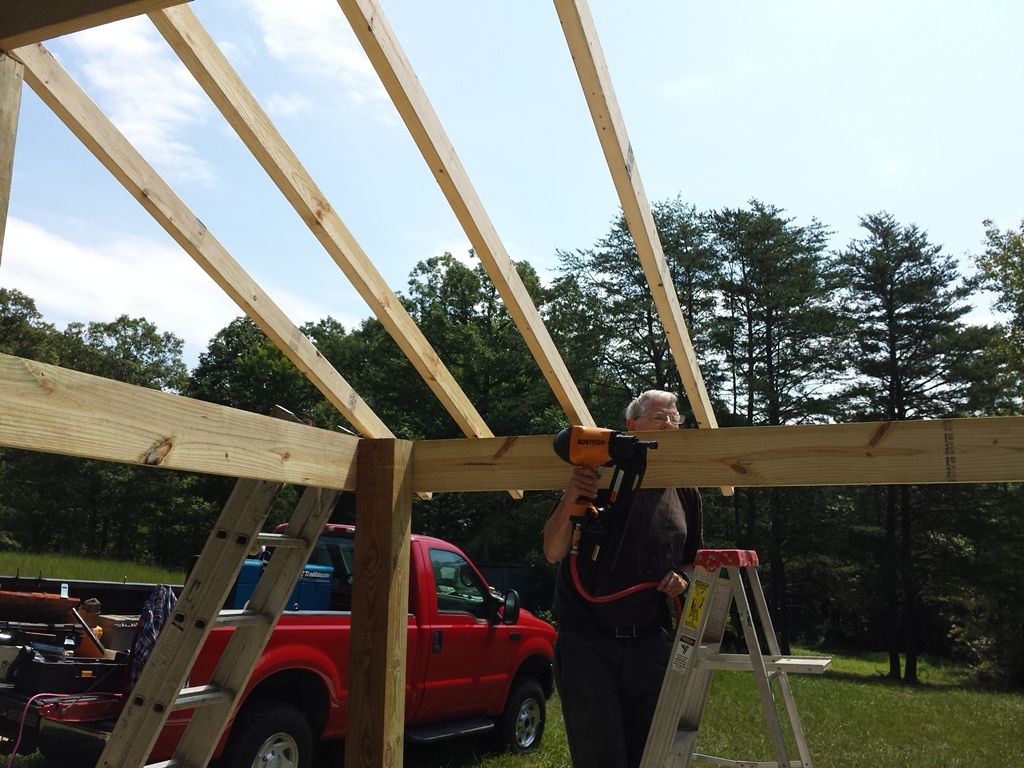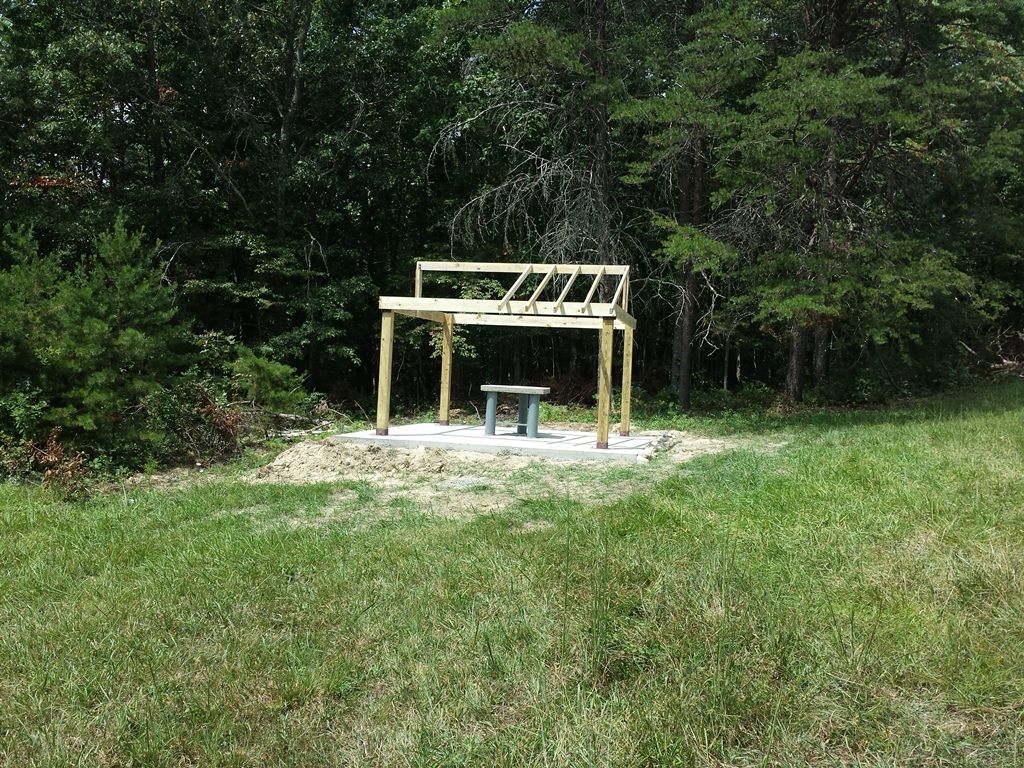Lee Martin
Active member
We started building a new 100 (and soon to be 200) yard range. With the help and advice of forum members, we got the bench mocked. Still need to cut the holes to fit the form and weld a T-brace between the legs. I’m now just waiting on the 15 x 15’ concrete pad to be poured (5” slab, 3500 psi rating, and ½” steel reinforcement). My contractor hopes to have it in by month’s end:
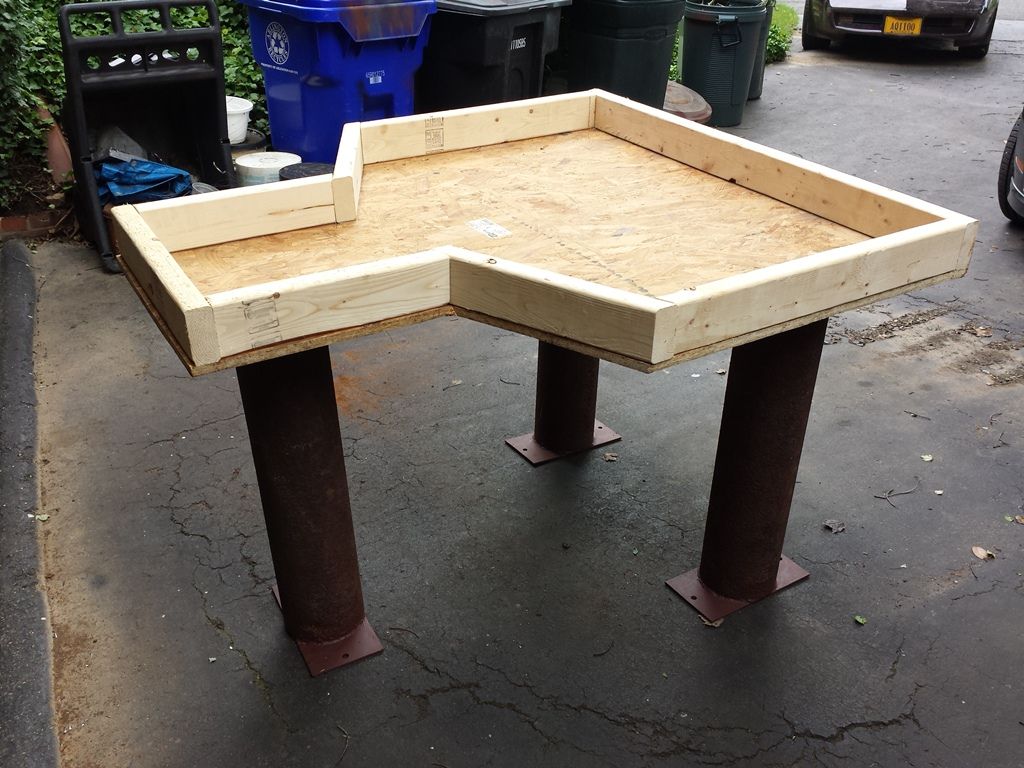
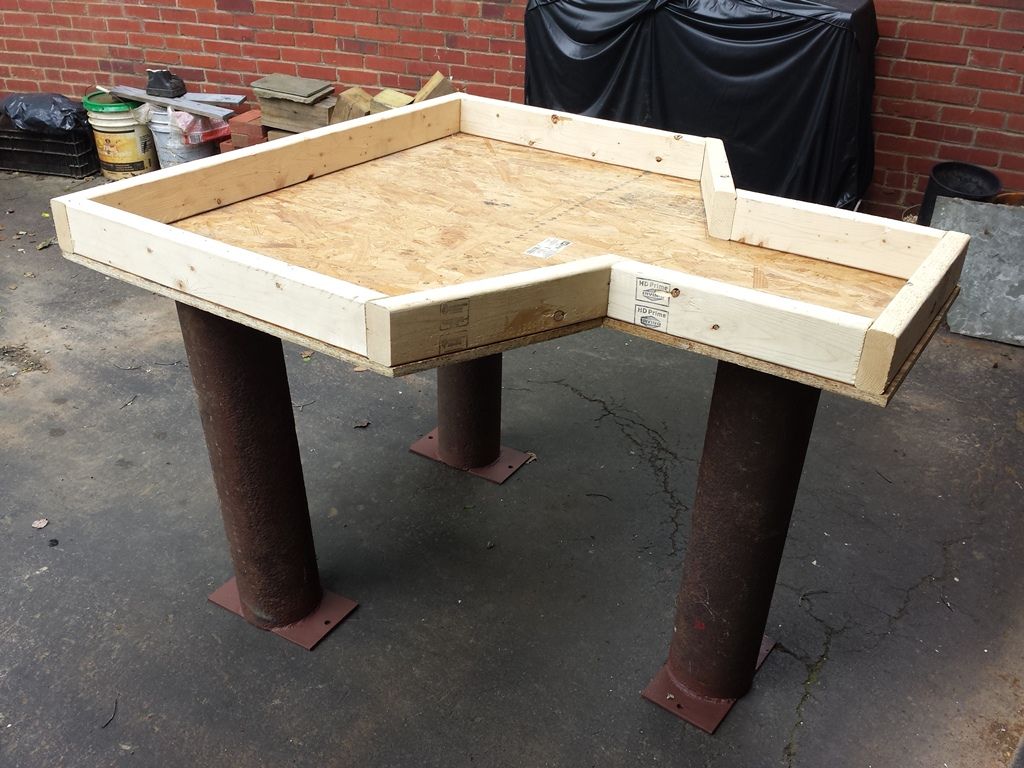

Some shots of dad and I clearing land with our vintage 1957 Catepillar:
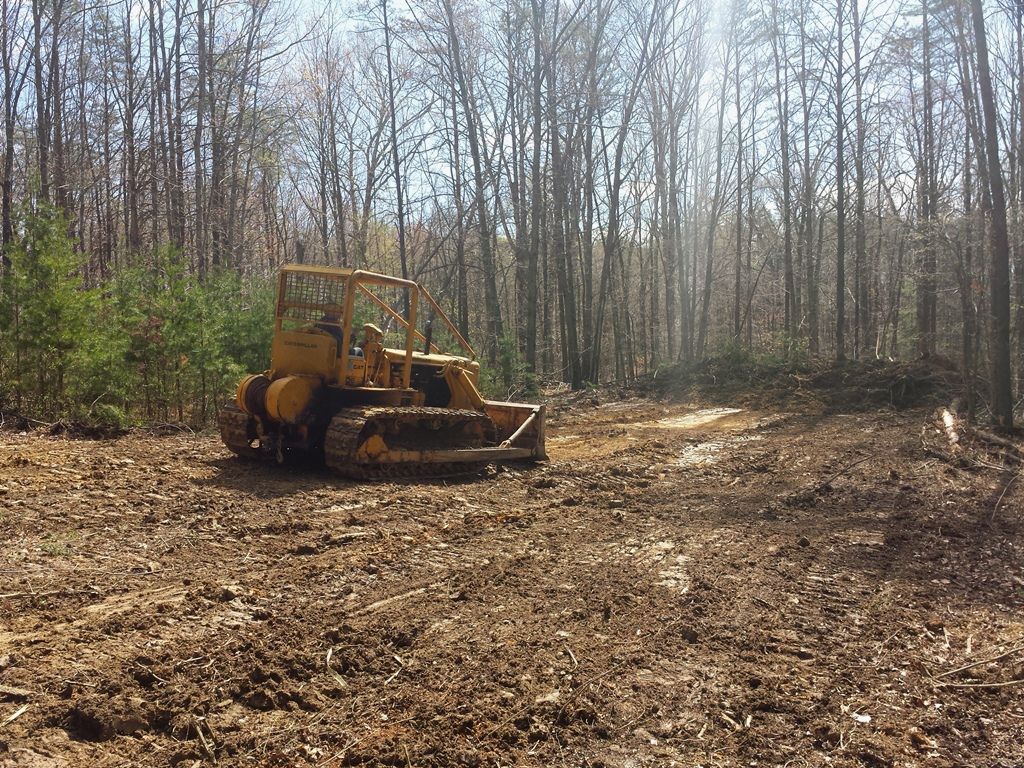
It’s hard to see through the shadows but the berm is a 7 foot high pile of dirt (very middle of the picture). Next year we’re going to push another 100 yards just to the left for a 200.

-Lee
www.singleactions.com



Some shots of dad and I clearing land with our vintage 1957 Catepillar:

It’s hard to see through the shadows but the berm is a 7 foot high pile of dirt (very middle of the picture). Next year we’re going to push another 100 yards just to the left for a 200.

-Lee
www.singleactions.com


